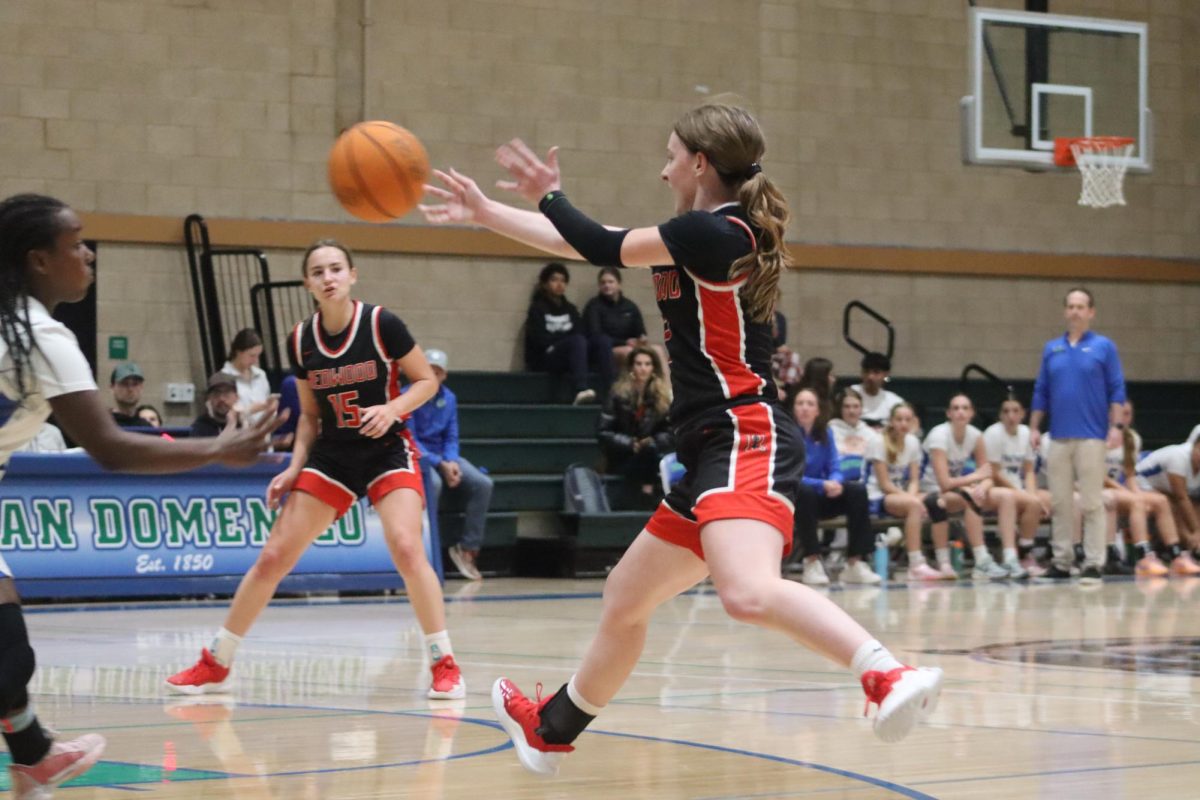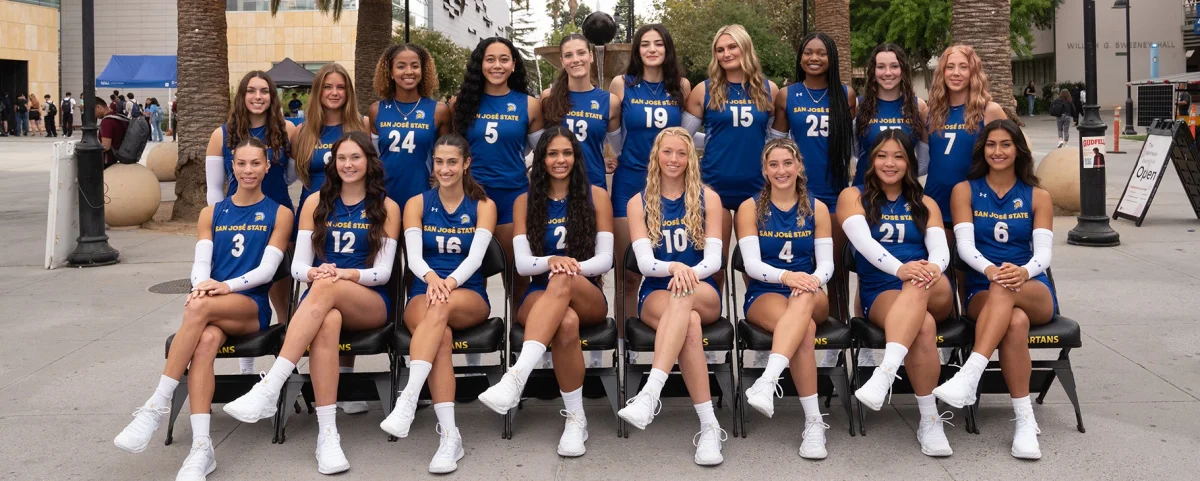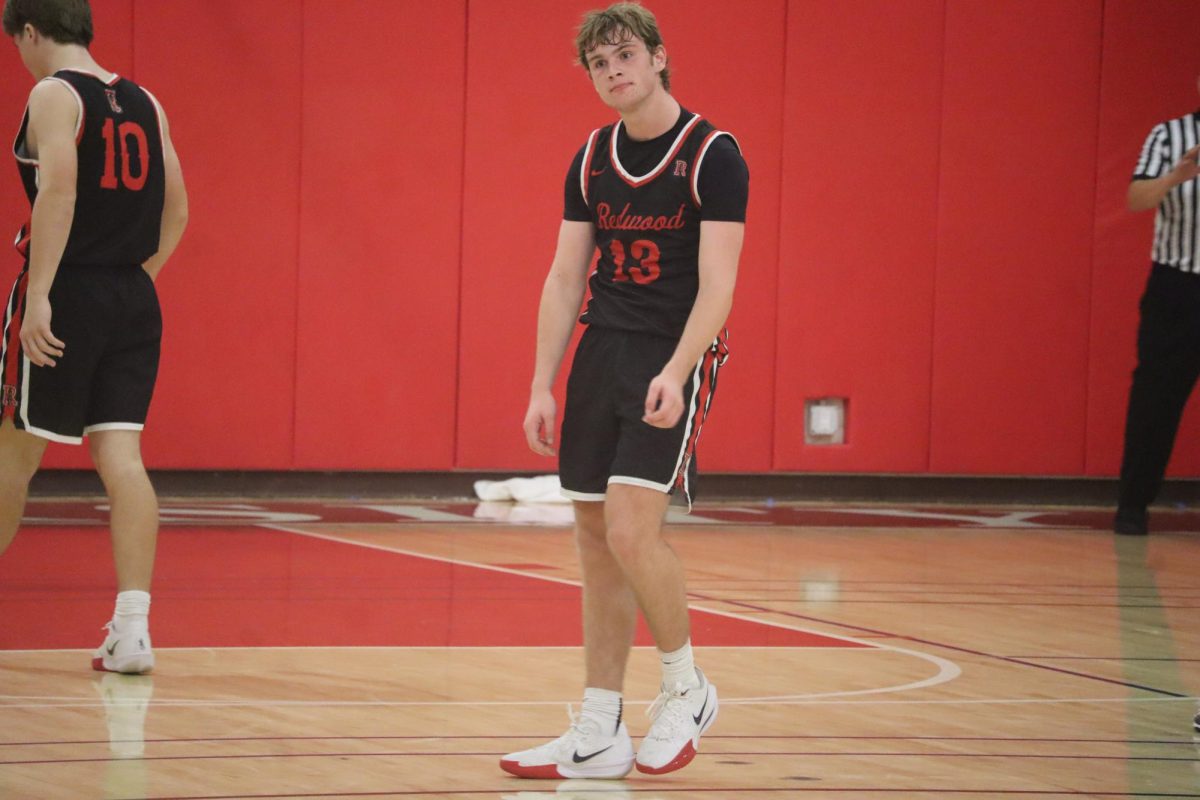Beginning with the 2024-2025 College Football (CFB) season, CFB has introduced new formatting for the College Football Playoffs (CFP). This rule changes how things are looked at because it allows more teams to compete for a national championship. In previous years, the CFP was restricted to only four teams. This season, that number has increased to 12, leading to more buzz in CFB as lower ranked teams now have higher chances at reaching the CFP. This allows more players to benefit from making the CFP because it can help them boost their profile to help them reach Name, Image and Likeness (NIL) deals, or even a spot in the National Football League (NFL).
Now, out of the 12 participating teams, five will be the conference champions. The top four of those champions will be seeded 1-4, and will receive a first round bye. The fifth conference champion will be seeded based on where they were placed in the national rankings. If they fail to be nationally ranked by the College Football Selection Committee, they will be placed at the twelfth and last seed.
With this rule change, lower marketed teams are given the initiative to play hard and for once, play for something. For instance, if you were to place the teams from last year’s rankings into the newly formatted CFP seeding, teams such as Missouri and Pennsylvania State would have made the CFP. While both teams are respectable Division One schools, the last time Missouri won the national championship was in 2007 and the time before that being in 1960. Pennsylvania State has two national championship victories as well, occurring in 1982 and 1986.
Primarily, the CFP has been dominated by highly marketed teams who receive the most funding and whose players receive the most attention. Junior and varsity football player Michael Anderluh is an intrigued CFB fan.

“College Football was previously repetitive, but this year with so many big upsets, a team like Missouri has shown me anything can happen and with the rule change,” Anderluh said.
In addition, the expansion of the CFP can attract new recruits to schools that may not have received much attention otherwise.
Junior and varsity football player Ben Harp is looking at recruiting to some of these schools as a chance to play football in college.
“I think if smaller market teams are seeded higher in the playoffs, it will show these highly skilled athletes that their school is worth looking at,” Harp said.
“It’s not like going to a school like Ohio State that produces all of those NFL stars where you might get overlooked,” Harp said.
In addition, players who play for these teams are granted significantly higher chances of securing NIL deals or making the NFL. Notre Dame, which has produced 51 NFL athletes in 2024, and is seeking a berth into the CFP this year paid a lower marketed Northern Illinois (NIU) team $1.4 million to play against them this season. NIU defeated Notre Dame 16-14 and now sits 23rd on the national rankings with a record of 2-0. With that ranking, NIU has better odds at making the CFP, thus increasing the odds of its players making a name for themselves.








